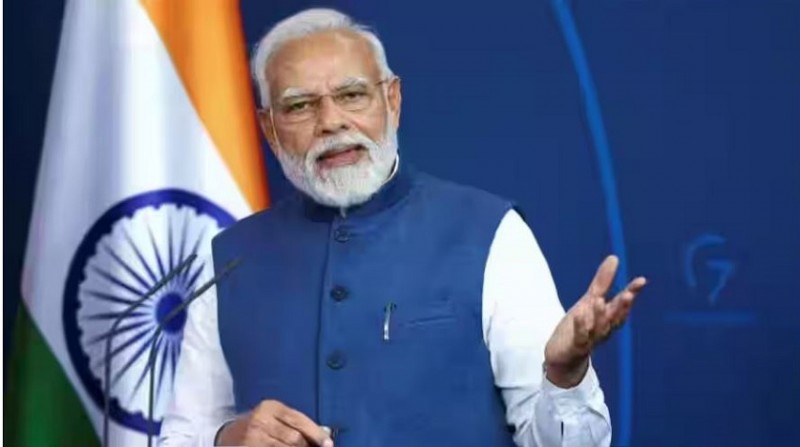
India's eagerly awaited general election, spanning from April 19 to June 1, is poised to conclude with the announcement of results on June 4. Political analysts widely anticipate that Prime Minister Narendra Modi will secure a third consecutive term, aligning with pre-election opinion polls.
Here’s a detailed look at the vote-counting process and what happens next:
Vote Counting Process
Vote counting in India is a decentralized process carried out simultaneously across the country in 543 constituencies. The process begins at 8 am (0230 GMT) on June 4 with the counting of postal ballots, which are exclusively used by select groups such as people with disabilities, essential services personnel, security forces, and certain government officials.
After the postal ballots, votes recorded in Electronic Voting Machines (EVMs) are counted. India has utilized EVMs since 2000, replacing traditional paper ballots for national and state elections. Each vote cast through an EVM is electronically recorded, and a corresponding paper slip, visible to the voter, is produced and stored in a sealed box.
The Election Commission of India (ECI) counts and verifies these paper slips against electronic votes at five randomly selected polling stations in each constituency. While some critics and civil society members advocate for more extensive verification to enhance transparency, the Supreme Court has declined to mandate changes to the current vote-counting process. The ECI maintains that EVMs are tamper-proof.
Government Formation
Results for each constituency are announced as soon as the counting is completed. India follows a first-past-the-post system, where the candidate with the highest number of votes wins the seat, regardless of whether they secure a majority.
Result trends typically become clear by the afternoon of counting day and are broadcasted on television news networks. The official count from the ECI may follow several hours later.
Once the ECI announces the results for all 543 seats, the President of India invites the leader of the party or coalition with more than half the seats (272 or more) to form the government. The party or coalition then selects a Prime Minister to lead the government.
In the 2019 elections, Narendra Modi’s Bharatiya Janata Party (BJP), a Hindu-nationalist party, won 303 seats, and its National Democratic Alliance (NDA) partners secured approximately 50 more seats. In contrast, the main opposition party, the Indian National Congress, won only 52 seats, with its allies capturing an additional 91 seats.
If no party or alliance secures a simple majority, resulting in a "hung house," the President invites the party with the largest number of seats to form a government and prove a majority in the lower house of parliament.
A new Lok Sabha, the lower house of parliament, must be in place before the current term ends on June 16.
Will Modi Secure Victory?
Opinion polls conducted before voting began on April 19 indicated a comfortable victory for Narendra Modi’s rare third consecutive term. However, unexpected challenges such as a lower voter turnout and a more unified opposition compared to 2019 have emerged. Despite these challenges, most analysts maintain that Modi remains the frontrunner for victory.